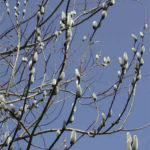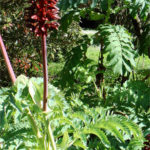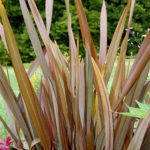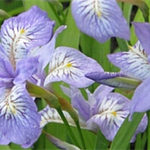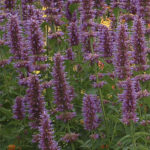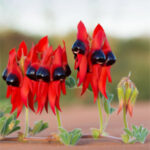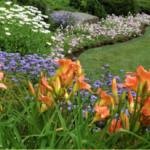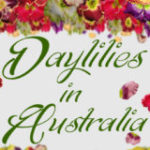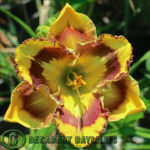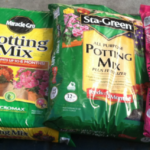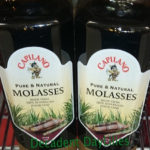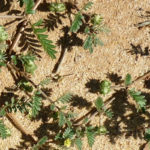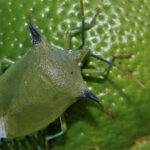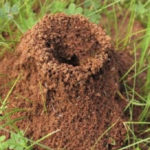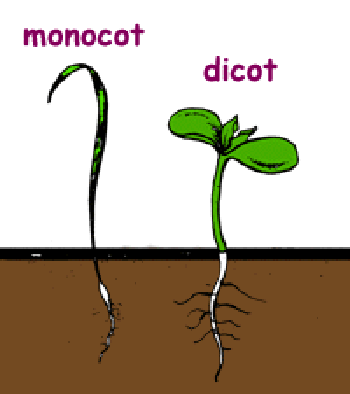
What is Monocot?
What is Monocot?
 Maybe you don’t understand what a monocot is if you keep reading I will tell you. It is actually used to describe one of the major groups of the flowering plants. You also may be wondering if daylilies, one of the most common flowering plants, are considered as monocots. Here are some of the most useful details that most people are not really aware of.
Maybe you don’t understand what a monocot is if you keep reading I will tell you. It is actually used to describe one of the major groups of the flowering plants. You also may be wondering if daylilies, one of the most common flowering plants, are considered as monocots. Here are some of the most useful details that most people are not really aware of.
Defining Monocot
Monocot is also known as monocotyledon. It is a type or a group of flowering plants that only have one seed-leaf. The word monocot comes from the other group of flowering plants which is known as the dicot or dicotyledon. There are actually a lot of different plants that can be classified as monocots and one of them is the daylily plant.
Characteristics of Monocots
Monocots are known for their distinctive characteristics which are entirely different from the dicots. You can use these characteristics or qualities to note or identify whether a plant is considered as a monocot or dicot. When it comes to the number of parts for every flower, monocots are known to be trimerous. This means that the flowers are often seen in groups of threes. This is different from the dicots which are tetra or pentamerous. When you observe the stem, the monocots have a distinct arrangement of their vascular bundles. Their vascular bundles in the stem are seen to be scattered as opposed to the circular arrangements in dicots. The roots of the monocots are described to be adventitious as compared to the roots of the dicots which develop from a radicle. Like the number of seed leaf, the pores of the pollen of monocots are also seen to be one. When you observe their leaf veins, you will be able to see that they have a parallel arrangement as compared to the reticulate appearance in the dicots. These characteristics can definitely be seen among daylilies when you try to inspect them.
Examples of Monocots
There are about 60,000 different kinds of monocots among the various plants. Some of the best examples of monocots among these plants are the daylilies. The daylilies are known for their smooth leaf blades and their flowers which are described to have three petals and sepals. They are found in different parts of the world, primarily in Asia, Europe and Australia. The daylilies have different colours and some of the most common ones include white, pink, yellow, orange, maroon, purple and blue shades. These blue shades are found especially in the eye of the daylily.
Aside from the daylilies, another one of the most popular and largest group of plants that are considered as monocots is the Orchidaceae family or what is commonly known as orchids. About 20,000 different kinds of orchids are generally considered as monocots. Aside from the orchids, other flowering plants are also considered to belong to this group. These plants include daffodils, bluebells, tulips, lilies and even cannas and amaryllis. The Poaceae or the grains family, which include wheat, rice and maize, can also be considered as monocots. The grasses and even the bamboos are also considered to be a part of the monocot group. These examples definitely prove the variety of plants that are considered to belong to the one seed lead group or monocots.
These are some of the most important things that you should definitely know and understand about monocots. Some of the best examples of monocots among plants are daylilies, orchids, tulips and even grains.



